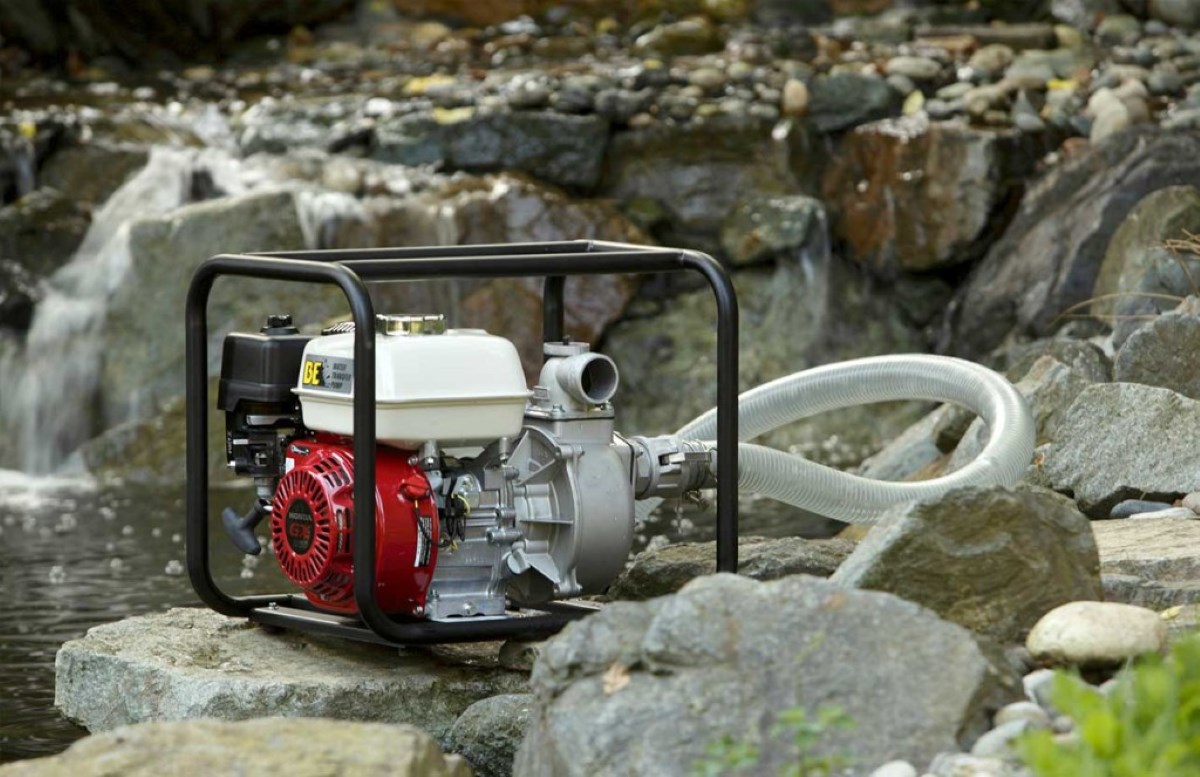

Articles
How To Use A Water Pump
Modified: November 1, 2024
Learn how to use a water pump with our comprehensive articles. Get the essential tips and techniques for efficient water pumping.
(Many of the links in this article redirect to a specific reviewed product. Your purchase of these products through affiliate links helps to generate commission for Storables.com, at no extra cost. Learn more)
Introduction
A water pump is a valuable tool that helps move water from one location to another. Whether you need to drain a flooded basement, irrigate your garden, or provide water to a construction site, a water pump can make the job easier and more efficient. There are various types of water pumps available on the market, each designed for specific purposes and applications.
In this article, we will guide you through the process of using a water pump effectively and safely. We will provide step-by-step instructions on how to select the right pump, prepare it for use, set it up, start it, and properly shut it down. We will also discuss important safety precautions to ensure that you and those around you are protected while operating a water pump.
Understanding how a water pump works and how to use it correctly is essential for maximizing its efficiency and longevity. So, let’s dive in and explore the world of water pumps and how to utilize them effectively.
Key Takeaways:
- Choose the right water pump by considering factors like intended use, water flow, and power source. Properly prepare, set up, monitor, and maintain the pump to ensure efficient and safe operation.
- Prioritize safety, follow manufacturer’s guidelines, and wear protective gear when using a water pump. Master the process to tackle water-related tasks effectively and enjoy the convenience it brings to your projects.
Read more: How To Make A Water Pump Using A Motor
Understanding Water Pumps
Before we delve into the process of using a water pump, it’s essential to have a basic understanding of how these devices work. Water pumps are mechanical devices that generate pressure to move water from one location to another. They use various mechanisms, such as centrifugal force or positive displacement, to achieve this.
Centrifugal water pumps are the most commonly used type. They work by converting rotational energy from a motor into kinetic energy, which is then used to move the water. These pumps have an impeller that spins at high speeds, creating a centrifugal force that pushes the water out of the pump and into the discharge pipe.
Positive displacement water pumps, on the other hand, work by trapping a specific volume of water and forcing it into a discharge pipe. These pumps are more suitable for applications that require a higher pressure or when dealing with thicker liquids.
Water pumps can be powered by electricity, gasoline, diesel, or even hydraulics. The choice of power source depends on factors like the availability of electricity or the specific requirements of the job.
When selecting a water pump, consider the following factors:
- The intended use and application
- The amount of water to be moved
- The distance and height the water needs to be pumped
- The power source available
- The type of water being pumped (clear water, dirty water, etc.)
Understanding these factors will help you choose the right water pump for your specific needs, ensuring optimal performance and efficiency.
Safety Precautions
Using a water pump involves handling machinery and working with water, so it’s crucial to prioritize safety. Following proper safety precautions will help prevent accidents, injuries, and damage to the pump or surrounding property. Here are some essential safety guidelines to keep in mind:
- Read the manual: Before operating a water pump, thoroughly read the manufacturer’s instructions and safety guidelines. Familiarize yourself with the specific features, controls, and maintenance requirements of the pump.
- Protective gear: Always wear appropriate personal protective equipment (PPE), such as safety goggles, gloves, and rubber boots, when working with a water pump. This will protect you from potential splashes, debris, and electrical hazards.
- Ventilation: If you are using a gasoline or diesel-powered pump indoors or in an enclosed space, ensure proper ventilation to prevent the buildup of harmful fumes.
- Grounding: When working with electric-powered pumps, make sure the pump is appropriately grounded. This helps prevent electrical shocks and ensures the safe operation of the pump.
- Inspect the pump: Before each use, inspect the pump for any visible damage, loose parts, or leaks. Do not operate a pump that appears damaged, as it may pose a safety risk.
- Secure the pump: Ensure that the pump is stable and securely positioned before starting it. Unstable pumps can tip over or create vibrations that may lead to accidents or damage.
- Use appropriate connections: Make sure to use the correct hoses, fittings, and connections for your specific pump. Using mismatched or improper connections can result in leaks, reduced performance, and potential hazards.
- Keep a safe distance: Maintaining a safe distance from the pump and its moving parts is crucial. If any maintenance or adjustments are necessary while the pump is running, exercise extreme caution or shut off the pump first.
- Use in a well-ventilated area: When using a pump that emits exhaust fumes, such as gasoline or diesel-powered pumps, ensure that it is operated in a well-ventilated area to avoid inhaling harmful gases.
- Keep children and pets away: Always keep children and pets at a safe distance from the pump to prevent accidents or injuries.
By adhering to these safety precautions, you can minimize the risk of accidents and operate a water pump confidently and effectively.
Step 1: Choosing the Right Water Pump
The first step in using a water pump is selecting the right pump for your specific needs. It’s essential to consider factors such as the intended use, the amount of water to be moved, and the power source available. Here’s a step-by-step guide to help you choose the right water pump:
- Determine the purpose: Clearly identify the purpose for which you need the water pump. Is it for draining a pool, supplying water to a sprinkler system, or pumping water from a well? Understanding the purpose will help you choose a pump with the appropriate specifications.
- Calculate the water flow: Determine the amount of water you need to move per minute or per hour. This will help you select a pump with the right flow rate. Consider factors such as the size of the area to be irrigated or the amount of water to be removed in flood situations.
- Consider the head pressure: The head pressure is the vertical distance from the pump to the outlet point. If you need to pump water uphill or to a higher location, you will require a pump with sufficient head pressure to overcome the resistance.
- Choose the appropriate power source: Consider the power source available for operating the water pump. Electric pumps are the most common, but if electricity is not available, you might need to consider gasoline, diesel, or hydraulic-powered pumps.
- Select the pump type: Based on your specific requirements, choose the appropriate pump type. Centrifugal pumps are suitable for general water moving tasks, while positive displacement pumps are better for applications requiring higher pressure or dealing with thicker liquids.
- Check the pump specifications: Review the specifications of the pumps you are considering, paying attention to factors such as horsepower, maximum flow rate, maximum head pressure, and the type and size of fittings required.
- Budget considerations: Price is always a factor to consider. Determine the budget you have allocated for the water pump purchase and select a pump that provides the best value for your money, considering the required specifications and reliability.
By carefully considering these factors, you can choose the right water pump that matches your needs and ensures optimal performance.
Step 2: Preparing the Pump and Water Source
Once you have selected the right water pump for your needs, the next step is to prepare both the pump and the water source before setting up the pump. Proper preparation ensures smooth operation and prevents any potential issues. Follow these steps to prepare the pump and water source:
- Inspect the pump: Before starting, visually inspect the pump for any signs of damage or wear. Ensure that all parts and connections are secure and in good condition. If you notice any problems, address them before proceeding.
- Check the intake screen or strainer: Many pumps have a screen or strainer at the intake to prevent debris from entering the pump. Check this screen and clean or replace it if necessary. A clogged screen can affect the pump’s performance and cause damage.
- Prepare the water source: Ensure that the water source is clean and free from any debris or contaminants that could clog the pump. If necessary, use a pre-filter or screen to remove larger particles from the water.
- Submerge or prime the pump (if required): Some pumps, especially self-priming pumps, require priming to remove the air from the pump’s system and create a vacuum. Follow the manufacturer’s instructions to prime the pump properly. Submersible pumps typically need to be fully submerged in water before operation.
- Check the inlet and outlet connections: Verify that the inlet and outlet connections are securely attached to the pump and are compatible with the hoses or pipes you will be using. Confirm that they are free from any obstructions or blockages.
- Connect the hoses or pipes: Attach the appropriate hoses or pipes to the inlet and outlet connections of the pump. Ensure that they are tightly secured using the appropriate fittings or clamps. Make sure the hoses or pipes are of the correct size and length for your specific application.
- Position the pump: Determine the best location for placing the pump. It should be on a stable and level surface, close to the water source and the intended discharge point. If necessary, use blocks or a base to elevate the pump to prevent it from sitting directly on the ground.
- Verify power source: If you are using an electric pump, make sure there is a power source nearby and that the power cord is in good condition. For gasoline or diesel-powered pumps, ensure there is an adequate fuel supply and that you follow proper fueling procedures.
By properly preparing the pump and the water source, you will ensure a smooth and efficient setup process, setting the stage for successful pump operation.
When using a water pump, make sure to prime the pump by filling it with water before starting it. This will help prevent damage to the pump and ensure proper operation.
Read more: How Many Watts Does Water Pump Use
Step 3: Setting Up the Pump
Once you have prepared the pump and water source, it’s time to set up the pump for operation. Follow these steps to properly set up the pump:
- Position the pump: Place the pump in the desired location, ensuring it is stable and securely positioned. If necessary, use blocks or a base to elevate the pump off the ground to prevent it from sitting directly in water or mud.
- Connect the inlet hose or pipe: Attach the inlet hose or pipe to the pump’s inlet connection, securely fastening it with the appropriate fittings or clamps. Ensure the connection is tight to prevent any leaks.
- Connect the outlet hose or pipe: Attach the outlet hose or pipe to the pump’s outlet connection, using the proper fittings or clamps. Similar to the inlet connection, ensure a tight and secure connection to prevent leaks.
- Extend the hoses or pipes: If needed, extend the length of the hoses or pipes to reach from the pump to the water source and the intended discharge point. Make sure they are properly connected and secured.
- Position the inlet: Submerge the inlet end of the hose or pipe into the water source, ensuring it is fully submerged. If using a suction strainer or filter, make sure it remains submerged and clear of debris.
- Position the outlet: Direct the outlet end of the hose or pipe towards the desired discharge point. Ensure there are no kinks or obstructions in the hose or pipe that could impede the flow of water.
- Double-check the connections: Before starting the pump, double-check all connections, including the inlet and outlet connections, as well as the hoses or pipes. Ensure they are secure, properly tightened, and free from any leaks or blockages.
- Secure the power cord: If using an electric pump, ensure the power cord is positioned safely and away from any water sources or areas where it may be tripped over. Use cable ties or cord organizers to secure the cord.
By following these steps, you will set up the water pump correctly, ensuring that water can flow smoothly from the source to the discharge point.
Step 4: Starting the Pump
After the pump has been set up properly, it’s time to start the pump and initiate the water flow. Follow these steps to safely start the pump:
- Verify the power source: Ensure that the power source, whether it’s electricity, gasoline, diesel, or hydraulics, is readily available and properly connected to the pump. Confirm that the power switch or fuel supply valve is in the off position before proceeding.
- Prime the pump (if required): If you are using a self-priming pump or a pump that requires priming, follow the manufacturer’s instructions to prime the pump. This will enable the pump to create the necessary suction and establish the flow of water.
- Turn on the power: If you are using an electric pump, switch on the power by flipping the power switch to the “on” position. If you are using a gasoline or diesel-powered pump, start the engine according to the manufacturer’s instructions or pull the recoil starter cord.
- Monitor the pump: Once the pump is powered on, closely monitor it for any irregularities. Ensure that water is flowing steadily through the pump and that there are no abnormal noises, vibrations, or leaks. If any issues arise, immediately shut off the pump and address the problem accordingly.
- Check the discharge point: Inspect the discharge point to confirm that water is being properly directed to the desired location. Adjust the positioning of the outlet hose or pipe if necessary to achieve the desired flow and direction.
- Monitor the pressure: If your pump has a pressure gauge, monitor the pressure to ensure it remains within the recommended operating range. This will help you identify any issues with the pump’s performance or any blockages in the system.
By following these steps, you can safely start the water pump and begin the water flow for your intended application. Regularly monitor the pump during operation to ensure it is functioning properly.
Step 5: Monitoring and Maintaining the Pump
Once the pump is running and water is flowing smoothly, it’s important to actively monitor the pump’s performance and implement regular maintenance to ensure its longevity. Follow these steps to effectively monitor and maintain the water pump:
- Regularly check the pump: Keep a close eye on the pump while it is in operation. Listen for any unusual noises or vibrations that may indicate a problem. Look for signs of leaks or abnormalities in the pump’s performance.
- Monitor water flow: Continuously monitor the water flow to ensure that it remains consistent and meets your desired requirements. Adjust the pump’s settings if necessary to optimize the flow rate.
- Clean the intake strainer: If the pump has an intake strainer, regularly clean it to prevent clogging and ensure uninterrupted water flow. Remove any debris that may have accumulated in the strainer and rinse it with clean water.
- Inspect hoses and connections: Regularly inspect the hoses, pipes, and connections for any signs of wear, damage, or leaks. Tighten any loose connections and replace damaged hoses or fittings as necessary to maintain proper water flow.
- Check and clean the pump filter: If your pump has a built-in filter, periodically check and clean it to remove any debris or sediment that may have accumulated. This will help maintain optimal pump performance.
- Monitor the pump’s temperature: Keep an eye on the pump’s temperature. If it becomes excessively hot, it may be a sign of an issue. Shut off the pump, allow it to cool down, and address any necessary repairs or maintenance.
- Perform routine maintenance: Follow the manufacturer’s recommended maintenance schedule for your specific pump. This may include tasks such as lubricating moving parts, replacing worn-out seals or gaskets, and conducting regular inspections.
- Store the pump properly: When you are finished using the pump, properly store it in a clean and dry area. Protect it from harsh weather conditions and ensure it is stored in a position that prevents any damage or accidents.
By monitoring the pump’s performance and implementing regular maintenance, you can ensure that your water pump operates efficiently and has a longer lifespan. Regular maintenance also helps identify any potential issues early on, allowing for timely repairs and preventing costly breakdowns.
Step 6: Shutting Down the Pump
Properly shutting down the water pump is just as important as starting it up and operating it. Follow these steps to safely shut down the pump:
- Turn off the power: If operating an electric pump, turn off the power by flipping the power switch to the “off” position. For gasoline or diesel-powered pumps, shut off the engine according to the manufacturer’s instructions.
- Close the water source: If possible, close the valve or stop the flow of water from the water source into the pump. This will prevent any water from constantly flowing and potentially causing damage or flooding.
- Release pressure: If your pump has a pressure release valve, use it to discharge any remaining pressure in the pump system. This helps avoid sudden bursts of pressure when disconnecting hoses or fittings.
- Detach hoses and fittings: Carefully detach the inlet and outlet hoses or pipes from the pump’s connections. Unscrew any fittings or clamps and remove the hoses or pipes from the pump.
- Drain excess water: Depending on the type of pump and your specific application, there may be excess water in the pump or hoses. Drain any remaining water from the pump or hoses, taking care to direct the water away from sensitive areas or structures.
- Clean and store: Clean the pump, hoses, and fittings as necessary before storing them. Remove any debris or sediment and ensure they are dry before storing them in a clean and dry area. Properly coil or roll up hoses to prevent any kinks or damage.
- Secure the pump: If you plan to leave the pump unattended, make sure it is securely stored in a safe and upright position. Protect it from potential damage, extreme weather conditions, and any unauthorized access.
By following these steps to shut down the water pump properly, you can ensure its longevity and maintain its efficiency for future use.
Read more: How To Lubricate A Water Pump
Conclusion
Using a water pump can simplify various water-related tasks, from draining a flooded area to providing irrigation for a garden or supplying water to a construction site. By following the steps outlined in this guide, you can effectively and safely use a water pump for your specific needs.
Start by choosing the right water pump based on factors such as the intended use, water flow requirements, and power source availability. Ensure that the pump and water source are adequately prepared before starting the pump. Set up the pump correctly, making sure all connections are secure and in proper working order.
When it comes to operating the pump, monitor its performance closely and address any issues promptly. Regular maintenance, such as cleaning filters and inspecting hoses, will help prolong the lifespan of your pump and maintain optimal performance. Finally, shutting down the pump properly and storing it correctly will ensure its longevity and readiness for future use.
Remember to prioritize safety throughout the entire process. Follow safety precautions, wear appropriate protective gear, and ensure a safe working environment. Always refer to the manufacturer’s instructions and guidelines.
By mastering the process of using a water pump and implementing these steps, you can tackle water-related tasks efficiently and effectively. Enjoy the convenience of a water pump and the benefits it brings to your projects.
Frequently Asked Questions about How To Use A Water Pump
Was this page helpful?
At Storables.com, we guarantee accurate and reliable information. Our content, validated by Expert Board Contributors, is crafted following stringent Editorial Policies. We're committed to providing you with well-researched, expert-backed insights for all your informational needs.
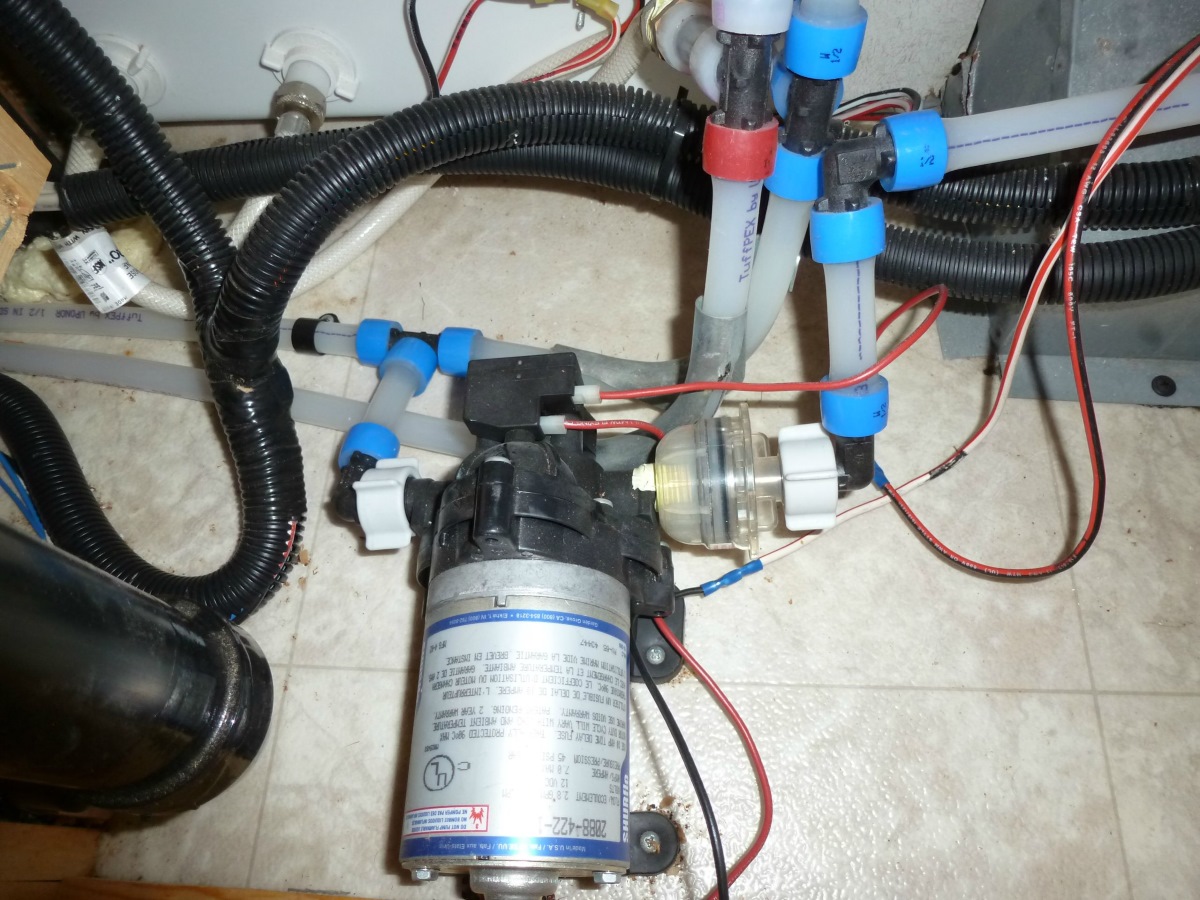
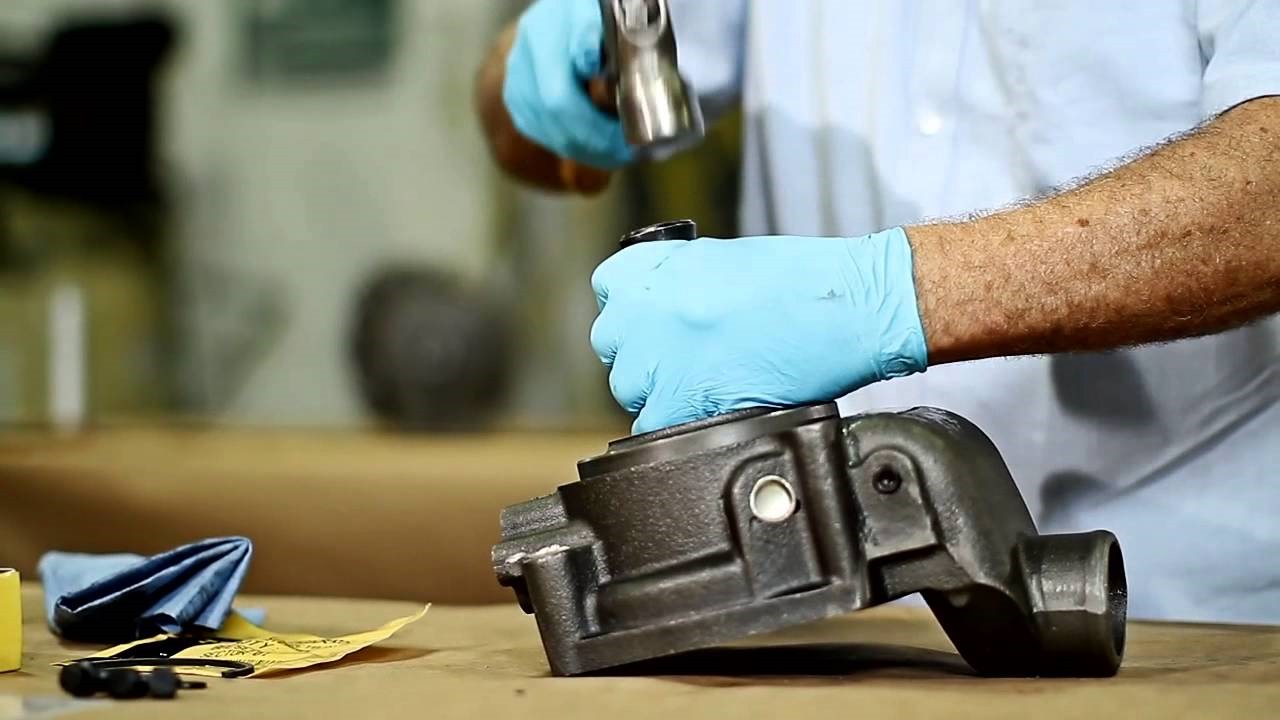
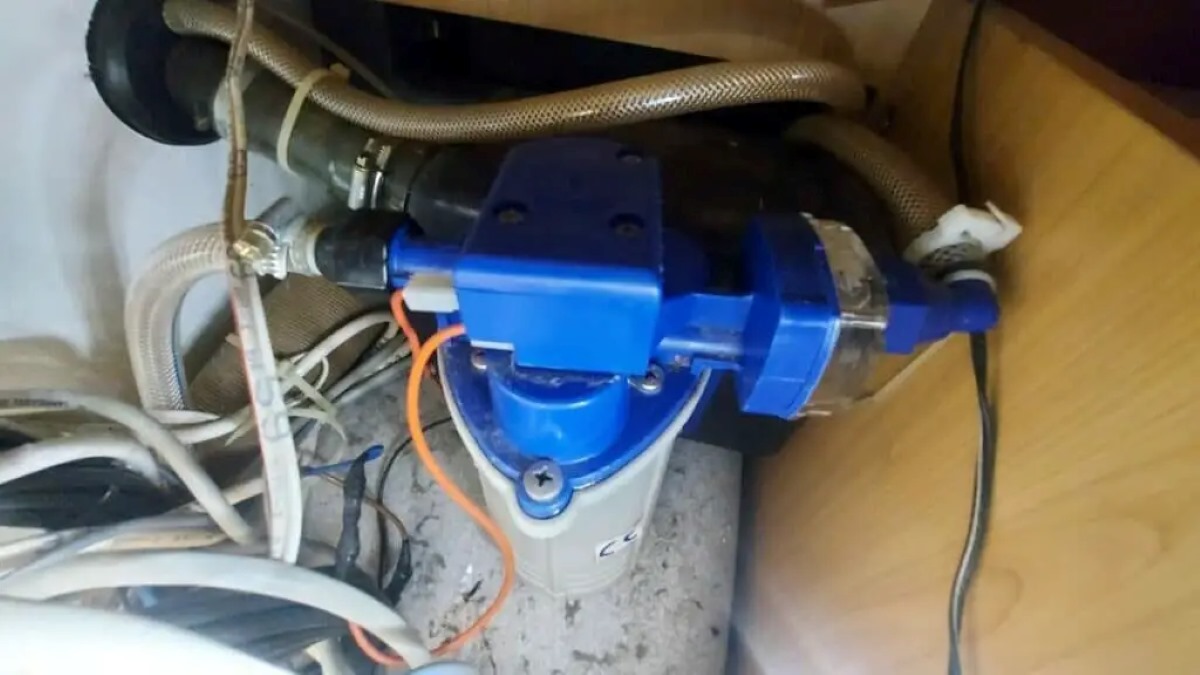
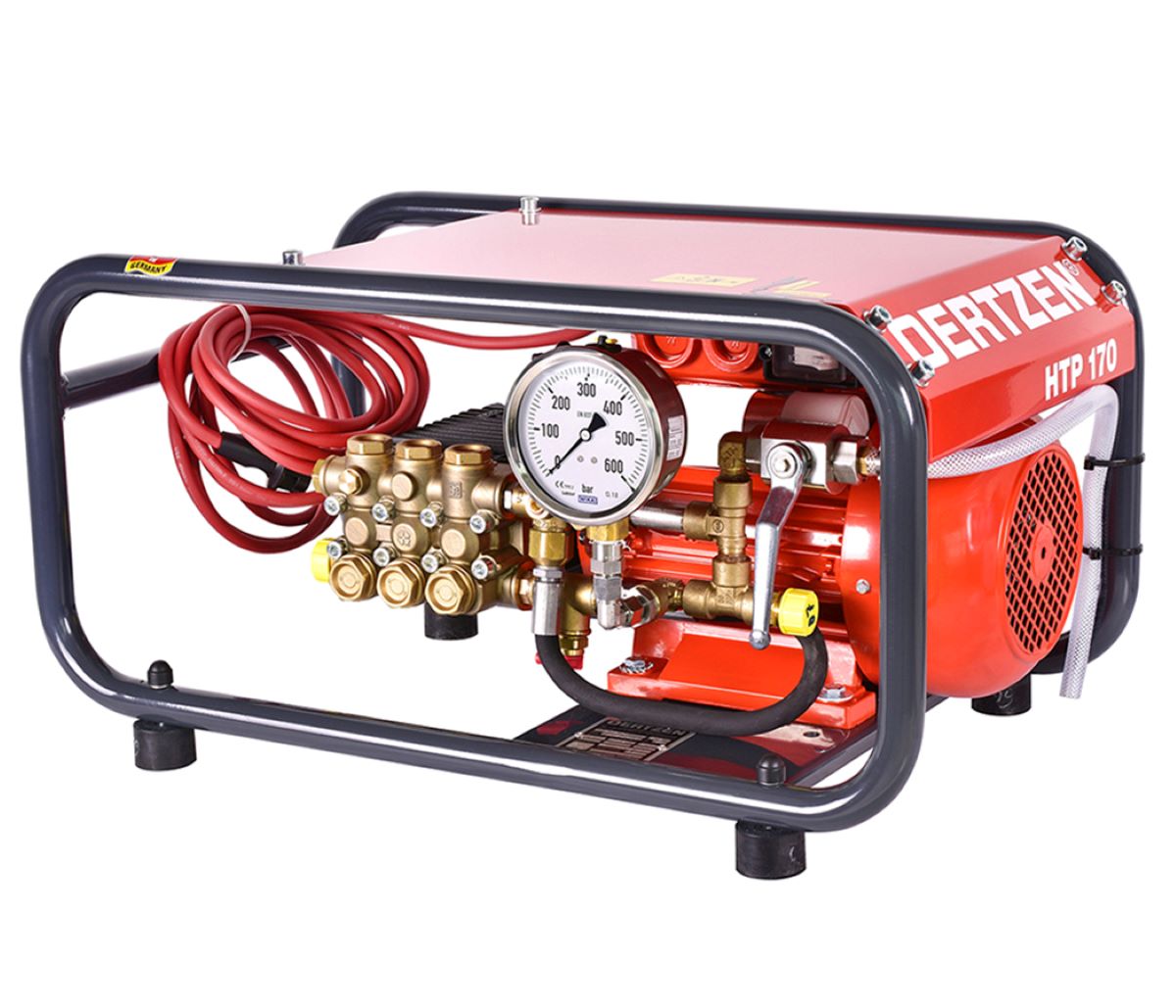
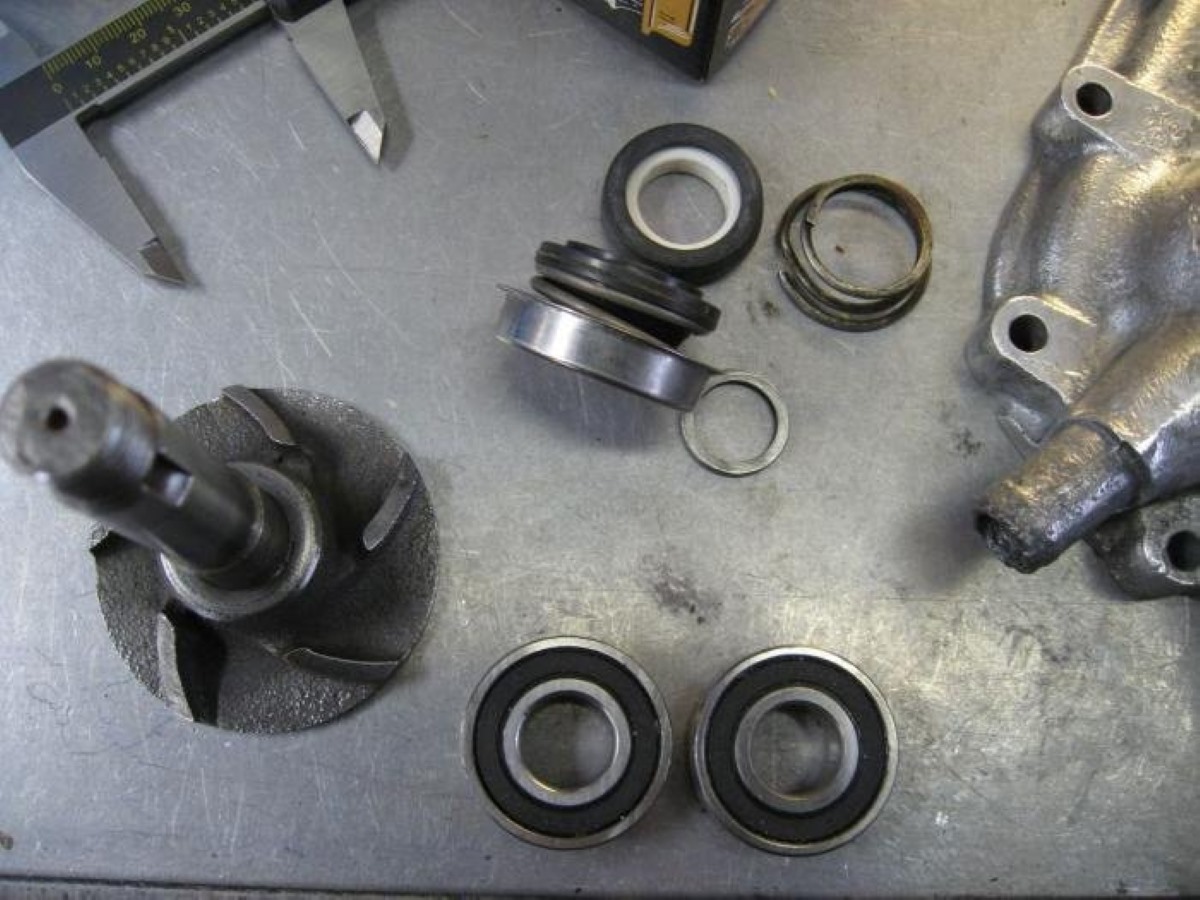
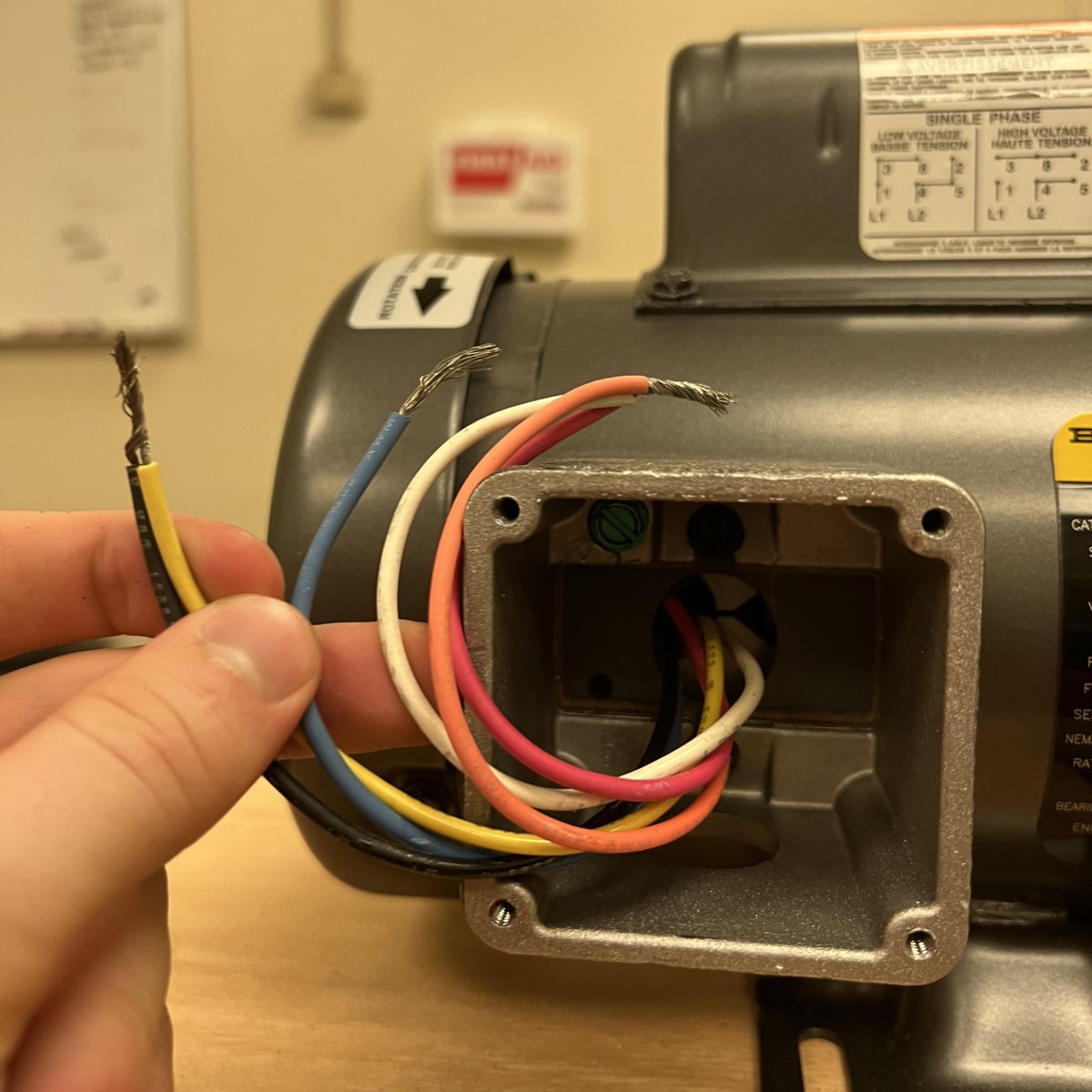
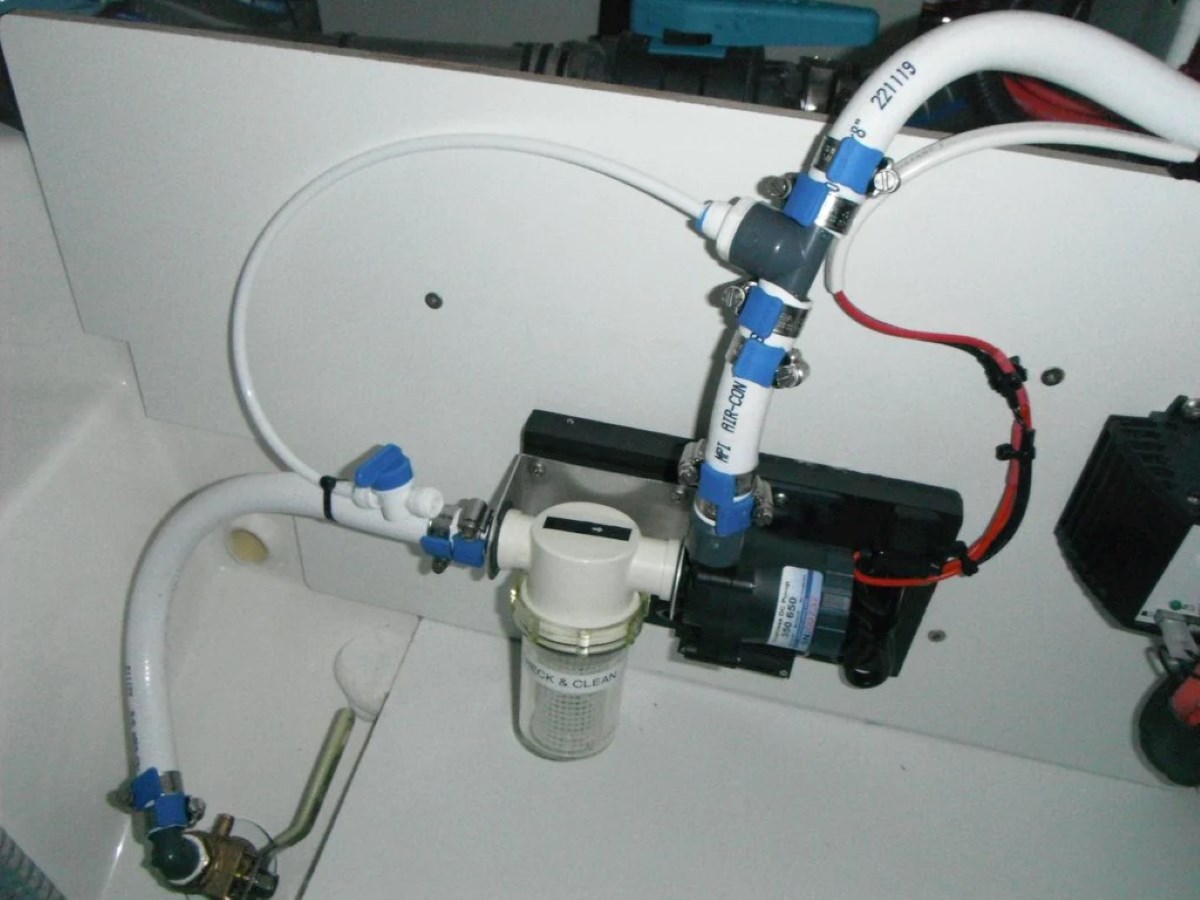
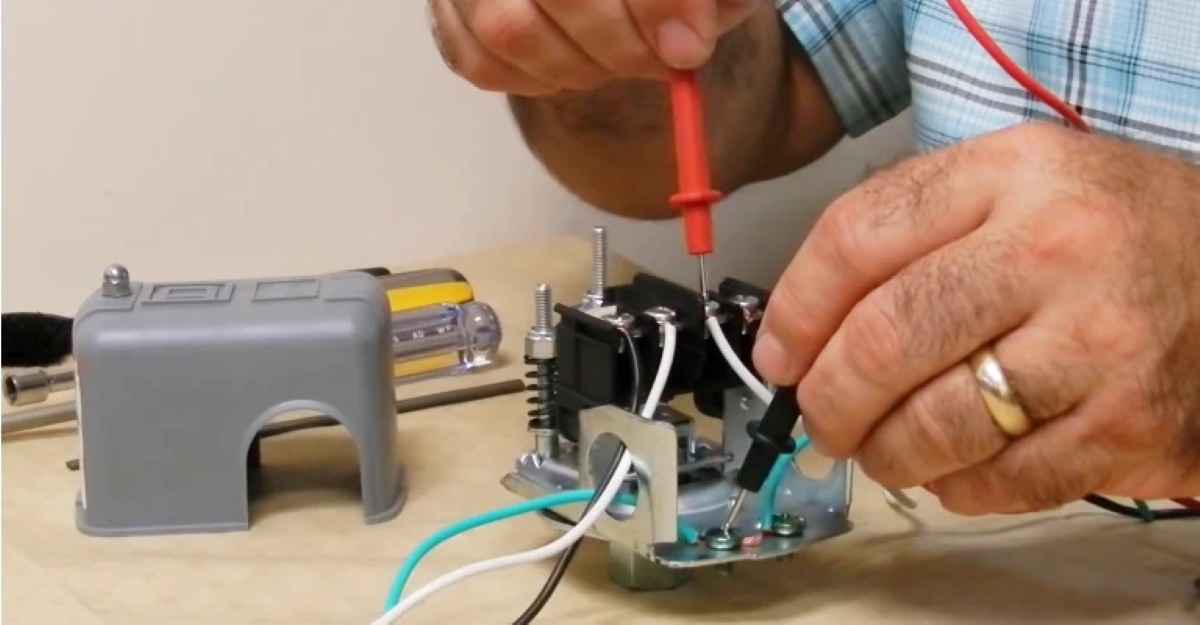
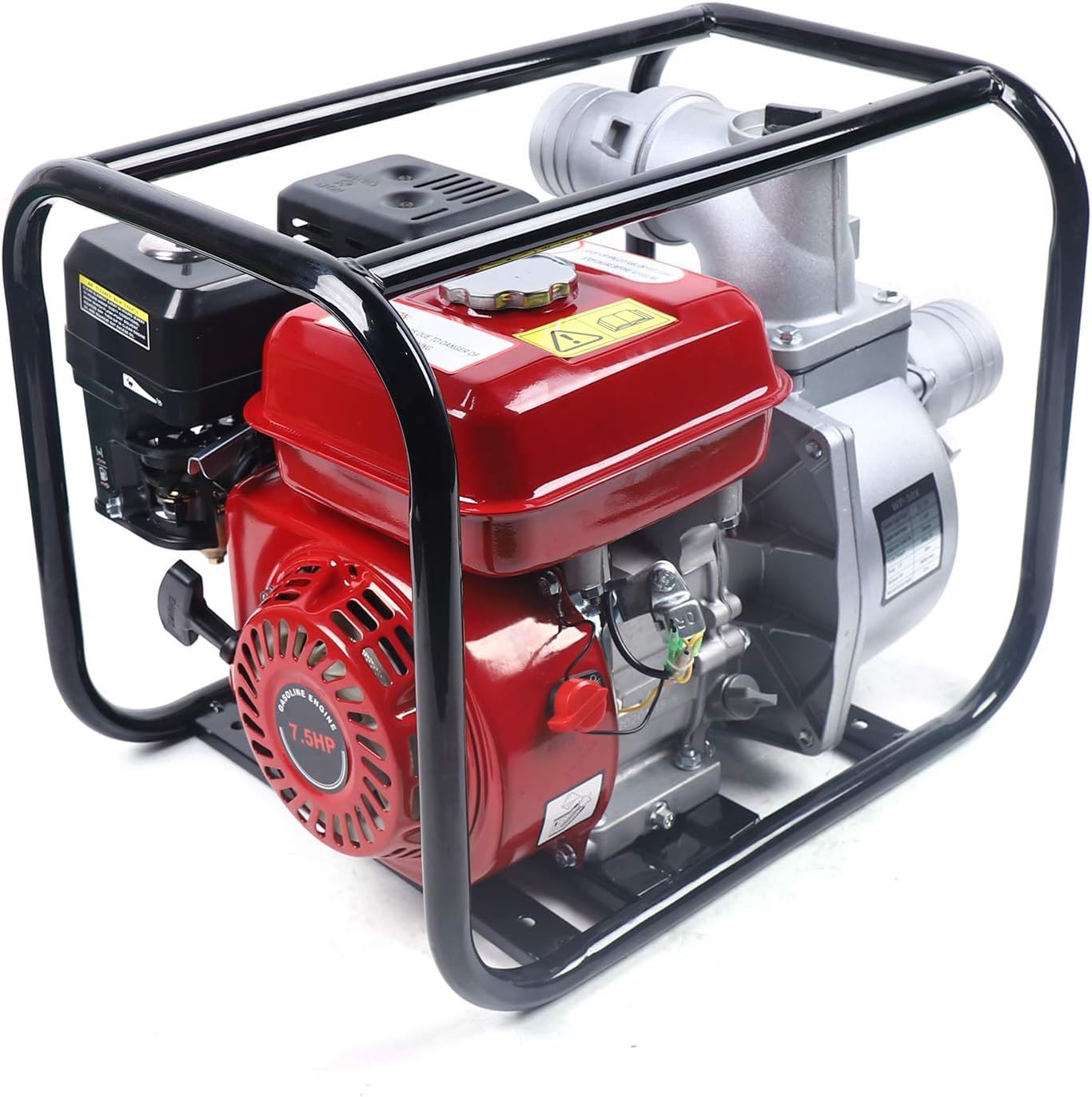
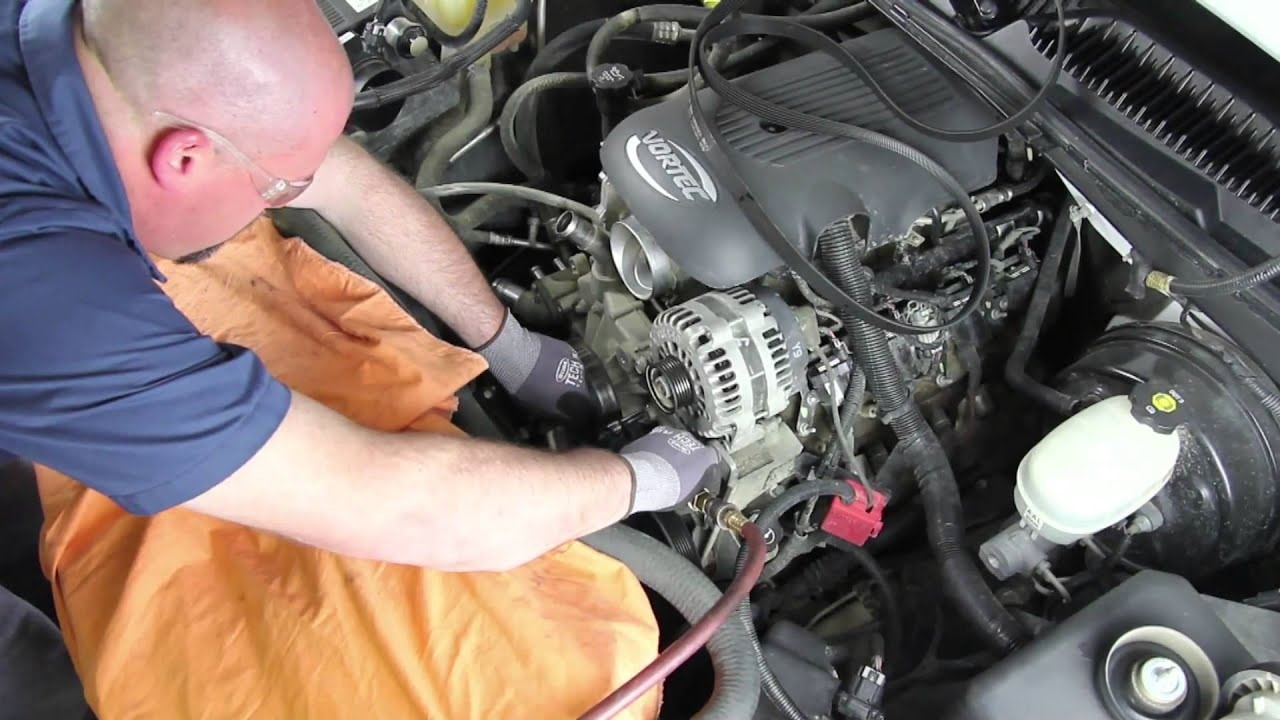
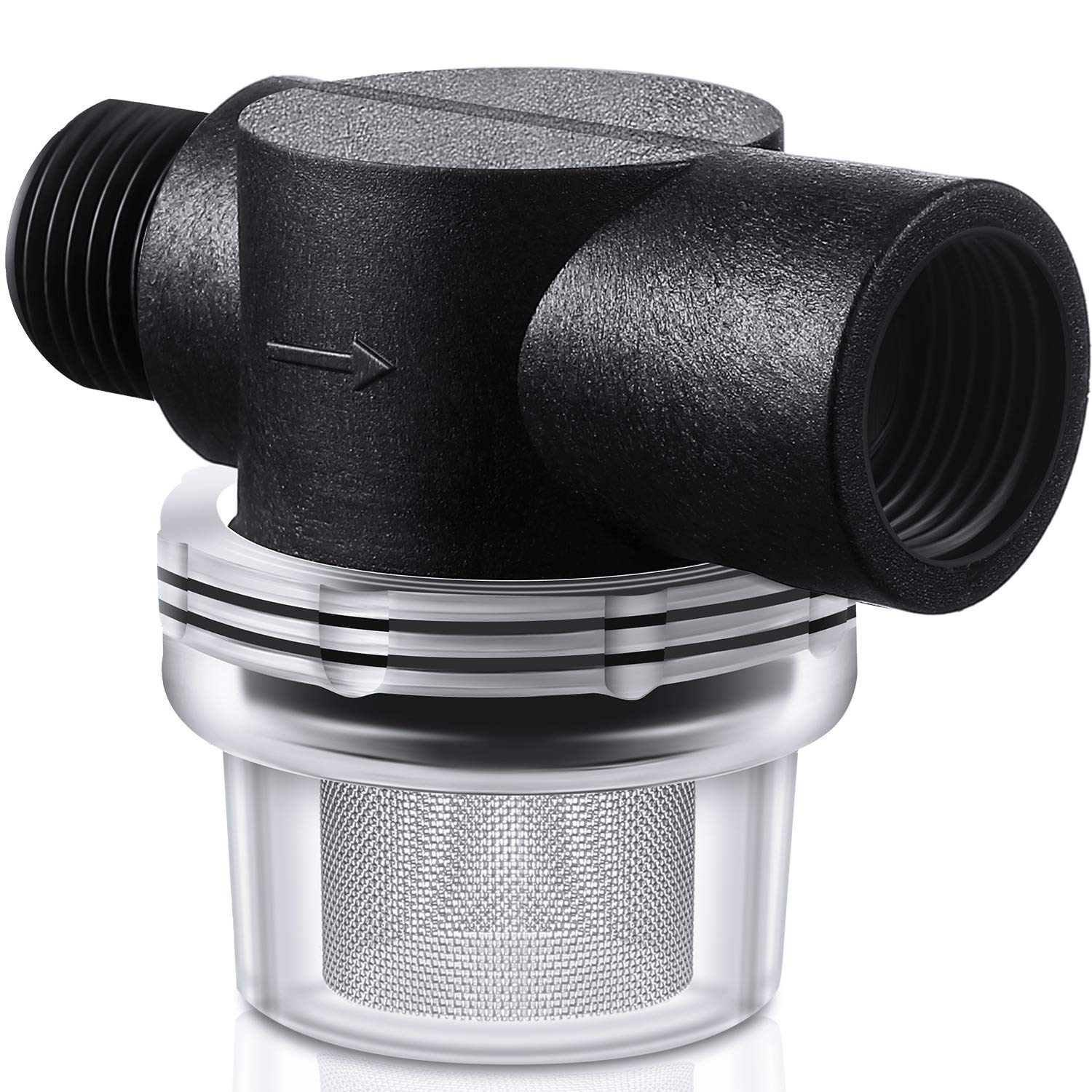
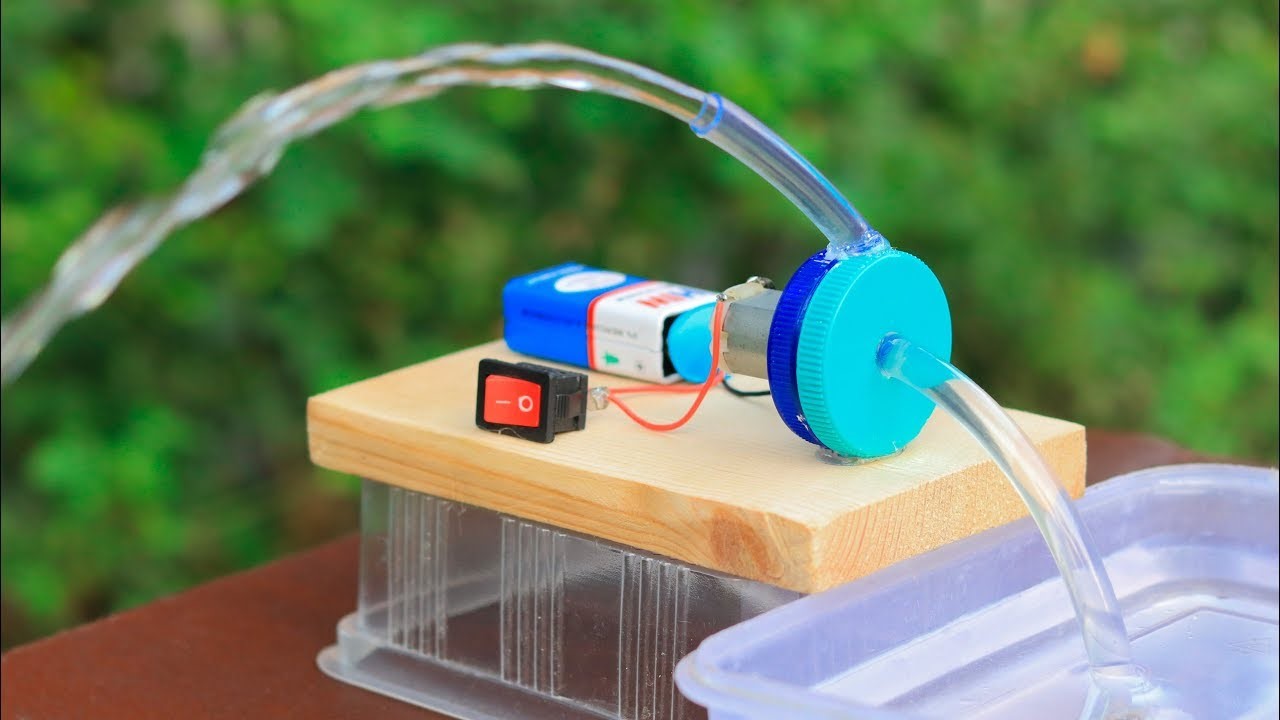
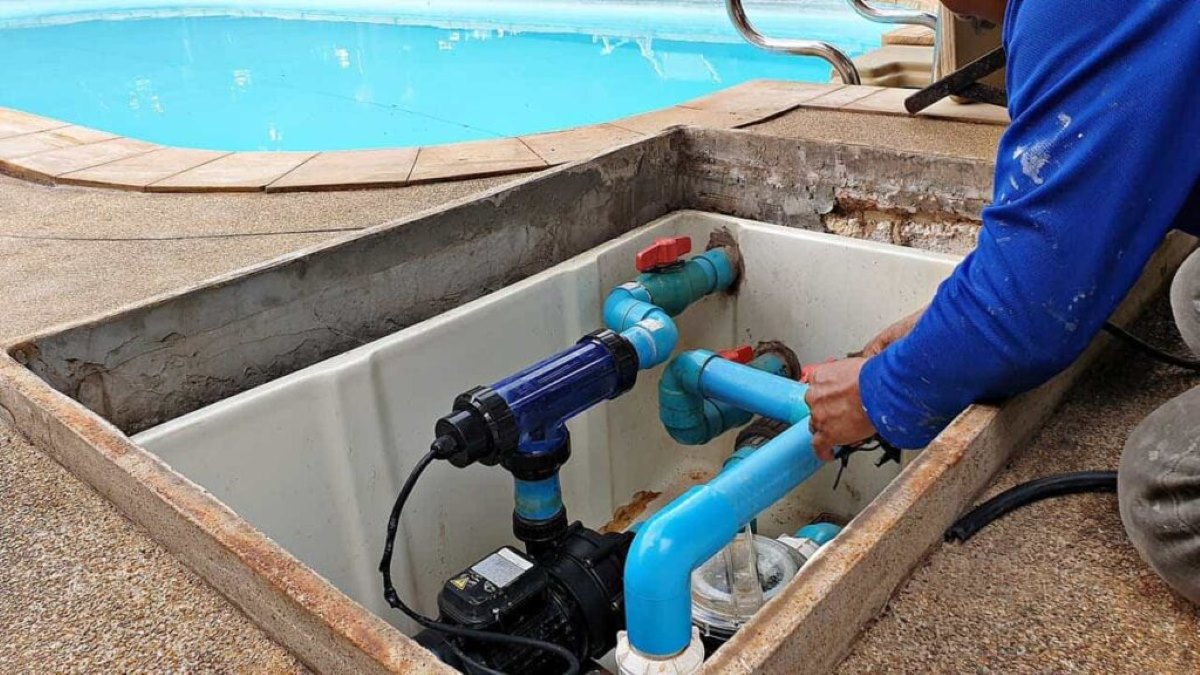

0 thoughts on “How To Use A Water Pump”